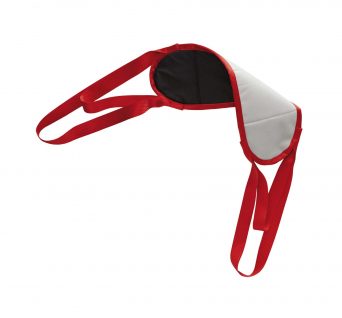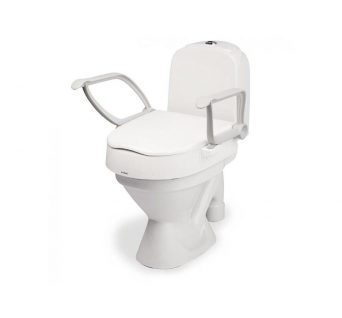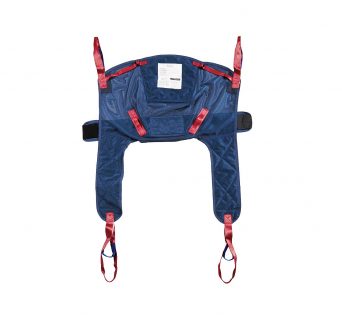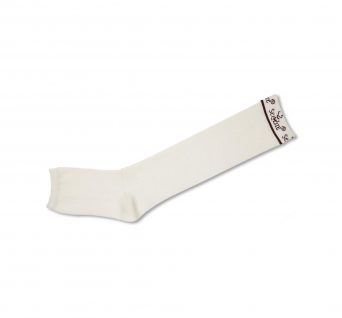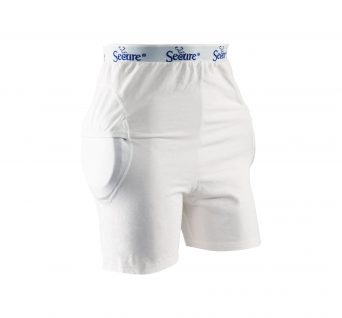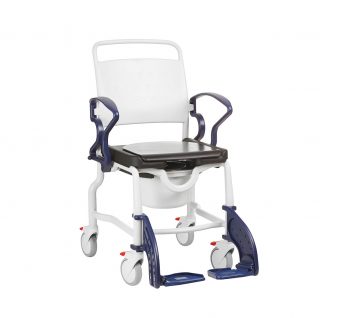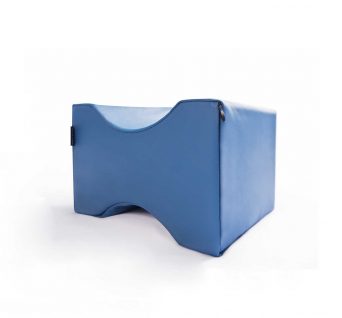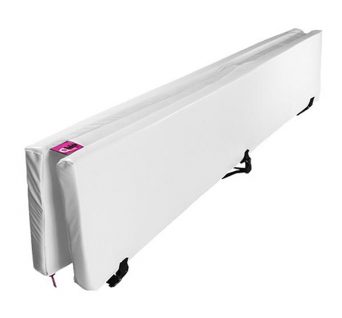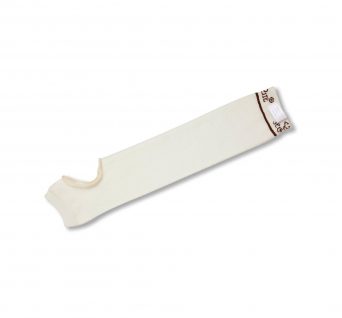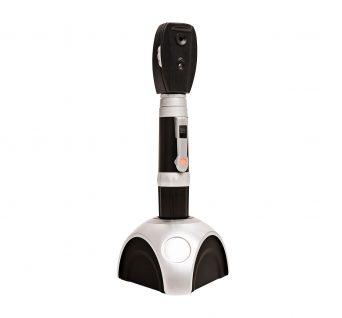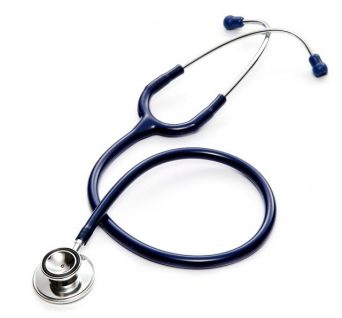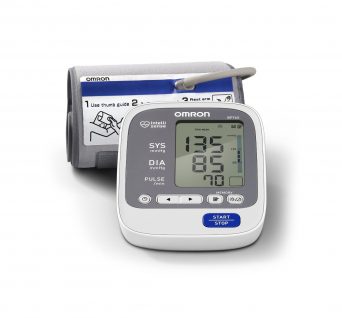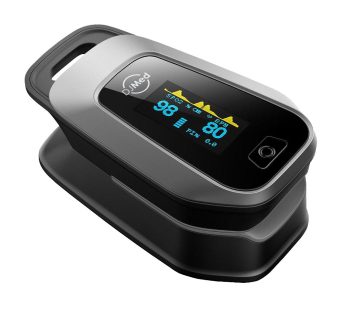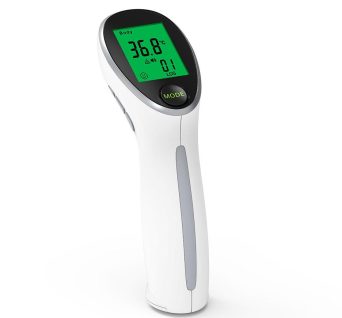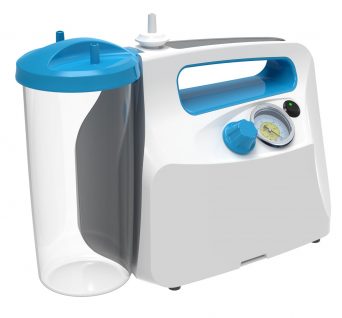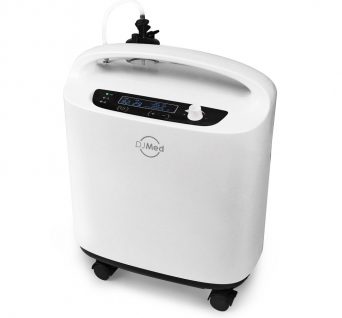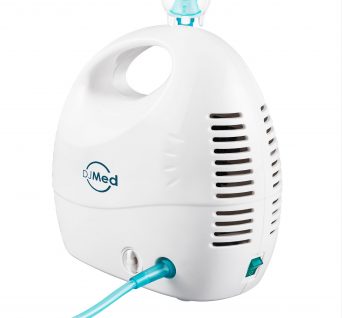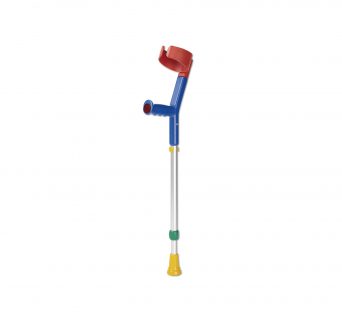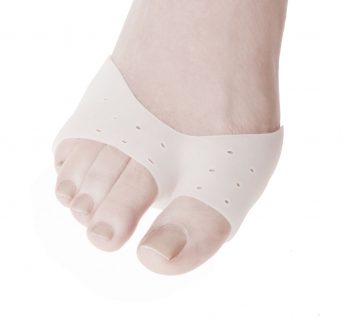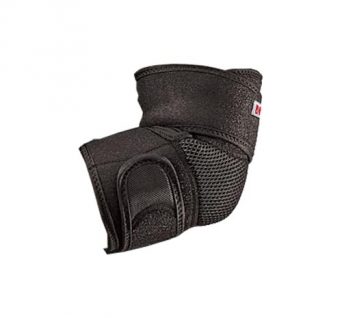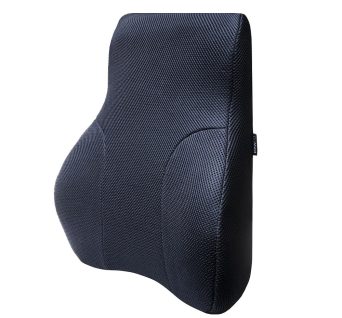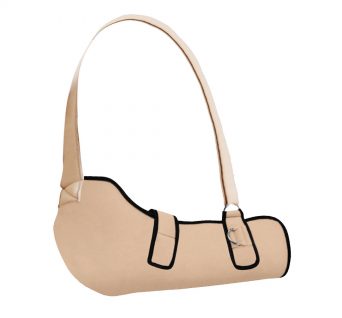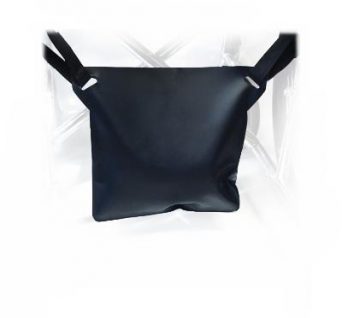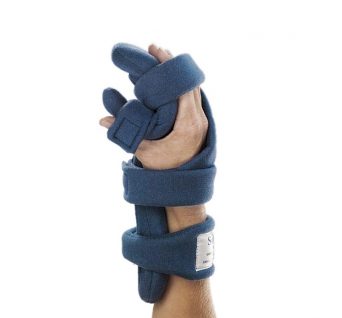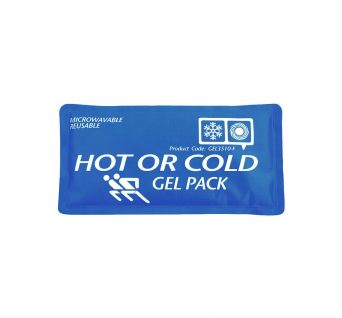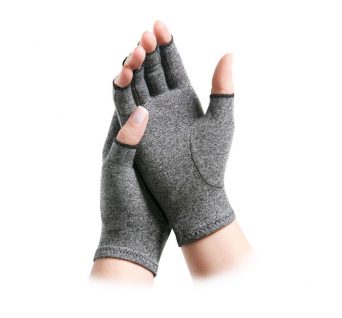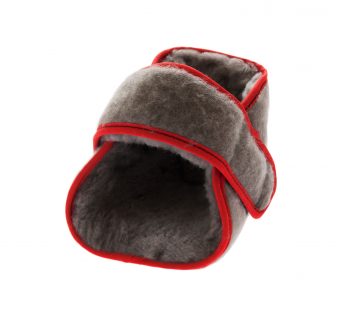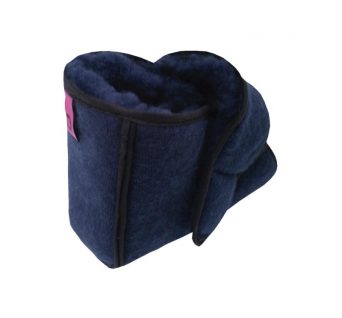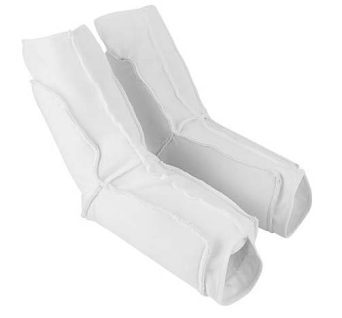No products in the cart.
Heel Protectors
Showing all 6 results
- Heel Protectors
Breathable Heel Protectors, Multi-Colour (pair)
Heel pressure ulcer prevention and treatment
Used for treating heel pressure ulcers by reducing pressure on the affected skin. Preventing painful pressure sores and ulcerations to the heel area.
- Breathable, adequate airflow for healing environment
- Soft, comfortable and breathable, perfect for Australian climate
- Light enough to not restrict movement with frail patients
- Range of stylish colour options
SKU: n/a - Heel Protectors
Breathable Heel Protectors (pair)
Soft, breathable medical heel protectors.
Heel Protectors shield the skin on the heels, and provide protection for existing damaged skin.
- Heel ulcer management and prevention
- One size fits most with adjustable Velcro strap
- Breathable, adequate airflow for healing environment
- Machine washable (gentle cycle)
SKU: n/a - Heel Protectors
Intensive Care Heel Protectors (pair)
Intensive care, antibacterial heel protectors, best in class heel pressure care and recovery.
Made with an extra soft double padded interior covered in a smooth faux sheepskin and smooth wipeable base.
- Higher level of padding and heel protection
- Machine washable (gentle cycle)
- Non-restrictive slippery base for easy foot repositioning
- One size fits most
SKU: 104401 - Heel Protectors
Breathable Heel Protectors, High Cut (pair)
Heel, calf & ankle protector faux sheepskin boot.
Unique High Cut heel protectors help maintain skin integrity on and around the heel and lower areas of the leg. Help prevent broken skin in the area that usually leading to serious conditions such as ulcerations.
- Soft, protective and comfortable to wear
- Breathable, to promote healing environment
- Lightweight, help reposition leg by user with low strength
- Long enough to protect ankle and part of calf
SKU: 1407 - Heel Protectors
Stay In Place Heel Protectors, Sleeves (pair)
Sleeved heel protectors wrap around the heel and ankle
These Paired Stay In Place Sleeved Heel Protectors are ideal for anyone recovering from sores and ulcers of the foot.
Enjoy extra support and protection by wrapping these soft protectors around your heel and ankle.
SKU: 104125 - Heel Protectors
Breathable Pressure Care Tall Bed Boots (pair)
Pressure care tall bed toots provides security and protection for people at risk from ulcers of the calves and feet, or those with vascular problems.
A pair of breathable pressure care heel and leg protectors bed boots, designed with adequate airflow for healing environment.
SKU: n/a
Body Positioning Wedges
Medical heel protectors are specialized devices designed to provide protection and support for the heels, particularly for individuals who are at risk of developing pressure ulcers (also known as pressure sores or bedsores) on the heels. Pressure ulcers can occur when there is prolonged pressure or friction on specific areas of the body, leading to tissue damage. The heels are vulnerable areas because they can be in contact with a bed or chair for extended periods, especially for individuals who are bedridden or have limited mobility. Here's an overview of medical heel protectors:
Purpose: Medical heel protectors are primarily used to prevent pressure ulcers on the heels by reducing pressure and redistributing weight. They also help relieve existing pressure ulcers and provide cushioning and support for individuals with heel-related discomfort or injuries.
Design: Heel protectors come in various designs, but they typically consist of soft, cushioned materials that wrap around or cover the heel area. Some designs have open-heel or open-toe styles, making it easier to check and care for the heels without removing the protectors.
Materials: Medical heel protectors are often made from breathable, moisture-wicking materials that help keep the skin dry and reduce the risk of skin breakdown due to moisture. The cushioning materials can vary and may include foam, gel, or air-filled compartments, depending on the design.
Usage: Heel protectors are typically used in healthcare settings, such as hospitals, nursing homes, and rehabilitation centers. They are also used for individuals receiving home healthcare or who have specific medical conditions requiring heel protection. The protectors are placed directly over the heels and secured in place using adjustable straps, hook-and-loop closures, or other fastening mechanisms.
Benefits: Heel protectors reduce pressure on the heels by elevating them slightly off the surface of the bed or chair. They help prevent friction and shear forces that can contribute to pressure ulcer development. Some designs provide additional support for the Achilles tendon and ankle, which can be beneficial for individuals with foot and ankle issues.
Care and Maintenance: Heel protectors should be cleaned and maintained according to the manufacturer's instructions to ensure hygiene and durability. Regular checks of the skin beneath the protectors are important to monitor for any signs of redness, skin breakdown, or pressure ulcers.
Consultation: The use of medical heel protectors should be determined in consultation with healthcare professionals, including nurses and doctors. A thorough assessment of the patient's risk factors and specific needs should guide the selection and usage of heel protectors.
Medical heel protectors play a crucial role in pressure ulcer prevention and management, especially for individuals who are immobile, have compromised circulation, or are at risk of developing heel-related skin issues. Proper usage, monitoring, and regular repositioning of patients are essential to ensure the effectiveness of these devices in maintaining skin integrity and comfort.
How do I use medical Heel Protectors to prevent heel ulcers?
Using medical heel protectors to prevent heel ulcers involves proper selection, placement, and maintenance. Heel protectors are crucial for individuals at risk of developing pressure ulcers on the heels, especially those who are bedridden, have limited mobility, or spend prolonged periods in a sitting or lying position. Here's how to use medical heel protectors effectively:
Assessment and Selection: Consult a healthcare professional, such as a nurse or physician, to assess the patient's risk factors for developing heel ulcers and determine if heel protectors are needed. Select the appropriate type and size of heel protectors based on the patient's individual needs and the clinical assessment.
Preparing the Heel Protectors: Ensure that the heel protectors are clean and in good condition before use. Follow the manufacturer's instructions for any specific preparation steps, such as inflating air-filled protectors or adjusting straps.
Patient Positioning: Position the patient in the desired lying or sitting position on a comfortable surface, such as a hospital bed or wheelchair.
Placing the Heel Protectors: Gently lift the patient's legs to expose the heels. Carefully place the heel protectors over each heel, ensuring that the cushioned area covers the entire heel region. Ensure a snug but not overly tight fit to prevent constriction and discomfort.
Securement (if applicable): If the heel protectors have straps, Velcro closures, or fasteners, secure them in place according to the manufacturer's instructions. Make sure the protectors are firmly but comfortably held in position.
Monitor and Adjust: Regularly check the patient's heels and the heel protectors for any signs of redness, pressure points, or skin irritation. If you notice any issues, adjust the protectors to relieve pressure on the affected areas. Repositioning the patient may also be necessary.
Regular Repositioning: Reposition the patient regularly, following the healthcare provider's recommendations or care plan. Repositioning helps reduce pressure on the heels and promotes blood circulation.
Maintain Hygiene: Keep the patient's skin clean and dry to minimize the risk of moisture-related skin issues. Clean the heel protectors according to the manufacturer's guidelines to maintain hygiene.
Seek Professional Guidance: Continue to work closely with healthcare professionals to monitor the patient's condition and the effectiveness of the heel protectors. Consult with the healthcare team if any changes in the care plan or the condition of the patient's heels are observed.
Education: Educate the patient, their caregivers, and family members on the importance of heel protector use and the signs of pressure ulcers. – Encourage regular communication and reporting of any concerns or changes in the patient's skin condition.
Properly using medical heel protectors, along with vigilant monitoring and repositioning, is essential for preventing heel ulcers in at-risk individuals. Following the guidance of healthcare professionals and maintaining good skin hygiene are key to successful pressure ulcer prevention and management.

